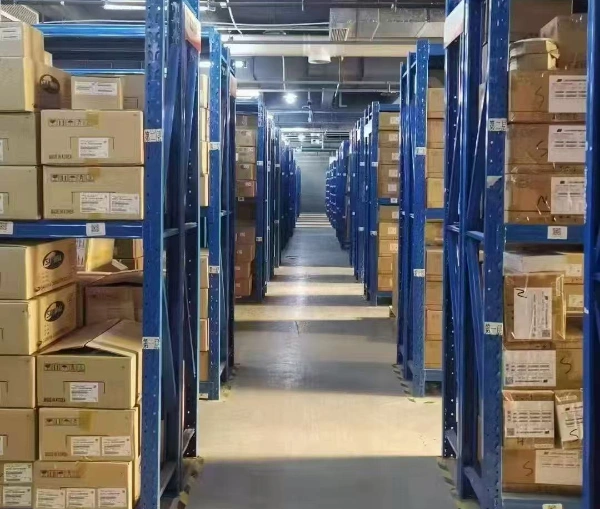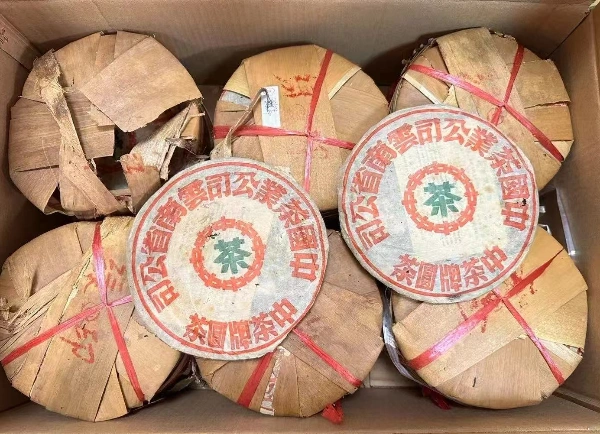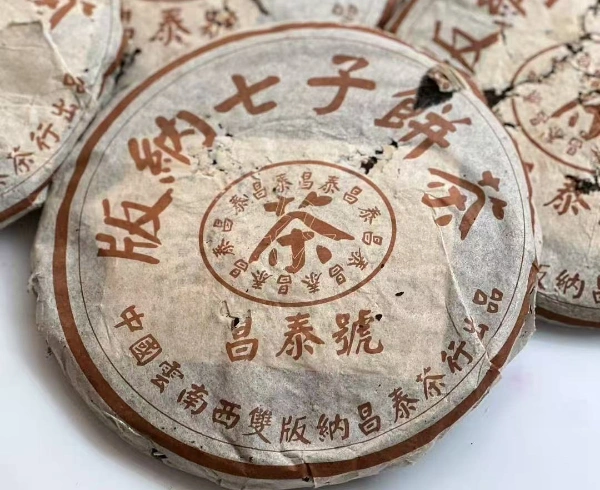Pu erh tea storage is more than setting aside tea cakes—it’s an art form that preserves and elevates each leaf’s depth, aroma, and value. Imagine opening a snug ceramic jar to inhale the warm, earthy perfume of aged pu erh—hints of damp forest floor, sweet plum, and baked tobacco swirling together. Whether you cherish a recent Jingmai harvest or decades‑old ancient arbor quilts, mastering pu erh tea storage ensures every cup unfolds layers of complexity.
In this comprehensive guide, you’ll learn why proper storage matters, how to tailor conditions for raw versus ripe pu erh, the best vessels and locations, common missteps to avoid, and tips for aging your Yunnan pu erh tea to perfection. Ready to protect your tea’s legacy? Let’s steep into the essentials.
1. Why Proper Pu Erh Tea Storage Matters
Pu erh is unique among teas: its flavors develop and deepen over time, turning good tea into extraordinary infusions. Without correct storage:
- Staled Aroma: Excess moisture or odors can flatten delicate fragrances and introduce off‑notes.
- Mold Risk: High humidity without airflow invites mold growth, spoiling your investment.
- Value Loss: Rare aged pu erh tea cakes appreciate over years—poor storage erodes both taste and price.
Prioritizing pu erh tea storage means safeguarding your tea’s sensory evolution and long‑term worth.

2. Understanding Pu Erh Types & Their Storage Needs
Pu erh falls into two main categories:
- Raw (Sheng) Pu Erh Tea: Unfermented or lightly fermented. Young sheng thrives in moderate humidity (60–70%), where it gently ages into sweet, floral, and honeyed notes.
- Ripe (Shou) Pu Erh Tea: Fully fermented via wet piling. Shou benefits from drier conditions (55–65% humidity) to stabilize its earthy, cocoa‑like profile.
Yunnan pu erh tea grown in different microclimates—Menghai, Lincang, or Jingmai—also demands subtle adjustments. High‑elevation teas prefer slightly cooler, more ventilated storage to accentuate their mountain air quality.
3. Key Storage Factors: Temperature, Humidity & Airflow
Three pillars underpin ideal pu erh tea storage:
- Temperature: Maintain between 15–25 °C. Fluctuations accelerate unwanted chemical shifts.
- Humidity:
- Sheng: 60–70% RH for steady aging.
- Shou: 55–65% RH to prevent over‑fermentation.
- Airflow: Gentle circulation dispels stale air and reinforces natural aging without mold risk.
Invest in a hygrometer and room thermometer to monitor conditions. Research shows that stable environments preserve tea polyphenols and microbial balance, crucial to pu erh’s mellow evolution【1】.
4. Best Containers & Locations for Pu Erh Tea Storage
Choosing the right vessel and spot keeps your pu erh pristine:
- Clay Jars (Pottery Weng): Porous enough for micro‑aeration, ideal for long‑term sheng storage.
- Bamboo Baskets: Traditional choice for accelerated aging, especially for shou, in humid cellars.
- Sealed Canisters: Stainless steel or food‑grade plastic with gasket seals—best for short‑term storage or shou tea when humidity control is paramount.
Home Placement:
- Avoid kitchens or bathrooms—changes in steam and odors.
- A shaded, well‑ventilated room (e.g., a linen closet or pantry) offers gentle temperature and humidity stability.

5. Aged Pu Erh Tea: How Long & Under What Conditions
Aging transforms pu erh’s character:
- Accelerated Aging: In controlled humid chambers (above 70% RH), sheng can develop shou‑like smoothness in months—though at the cost of nuanced complexity.
- Natural Cellar Storage: Over 5–20 years at stable 60–65% RH, 20 °C, raw cakes mature into layered infusions of dried fruit, camphor, and tobacco.
One study found that aged pu erh tea exhibits higher concentrations of theabrownins—antioxidants linked to mellow taste and health benefits—when stored under stable humidity versus variable home conditions【2】.
6. Common Mistakes in Pu Erh Tea Storage & How to Avoid Them
Even seasoned collectors misstep. Avoid:
- Over‑Sealing Raw Tea: Airtight containers starve microbial aging. Use clay or slightly vented storage.
- Mixing Odors: Storing pu erh near spices or cleaning supplies can infuse undesirable scents.
- Excessive Moisture: Humidity above 75% invites mold—use dehumidifiers if necessary.
- Sunlight Exposure: UV rays degrade tea pigments and aromas. Always opt for dark storage.
By steering clear of these errors, your pu erh tea storage will nurture, rather than harm, your prized leaves.
7. Signs Your Pu Erh Tea Is Well‑Stored (or Spoiled)
Happy tea displays:
- Rich Aroma: Deep, multi‑layered scents—forest floor, dried fruit, camphor.
- Balanced Taste: Smooth mouthfeel, sustained sweetness, gentle astringency for sheng.
- Uniform Leaf Color: Evenly aged, without mold spots or uneven darkening.
Conversely, discard or recondition if you detect:
- Musty or “Wet Dog” Smell: Indicates mold—check environmental RH.
- Stale, Flat Flavor: Over‑dry or exposure to light.
- Visible Mold Growth: White fuzz or powder—tea must be discarded.

8. Long‑Term vs Short‑Term Pu Erh Tea Storage Strategies
| Strategy | Duration | Best For | Key Tips |
|---|---|---|---|
| Short‑Term | Weeks to Months | Ready‑to‑drink shou, recent sheng | Airtight canister, cool, dry location |
| Long‑Term | Years to Decades | Raw pu erh aging | Clay jar, stable RH/temperature, good airflow |
Tailor your approach based on your best pu erh tea goals—immediate enjoyment or patient maturation.
9. Buying Best Pu Erh Tea with Storage in Mind
When selecting pu erh online or in person:
- Check Harvest & Compression Date: Fresher raw cakes need longer aging.
- Ask About Pre‑Storage Conditions: Sellers who age teas in reputable facilities preserve value.
- Choose Recognized Regions: Jingmai and Yiwu teas often show robust aging potential under proper storage.
Invest wisely in Yunnan pu erh tea knowing you have the right environment to let it flourish.
Conclusion & Actionable Pu Erh Tea Storage Tips
Mastering pu erh tea storage is a journey of patience and precision. To recap:
- Monitor temperature (15–25 °C) and humidity (55–70% RH).
- Select appropriate vessels—clay jars for sheng, sealed canisters for shou.
- Avoid light, odors, and extreme moisture.
- Inspect your tea regularly for signs of ideal aging or spoilage.
- Acquire quality pu erh from trusted sources, then let time work in harmony with your storage.
By embracing these practices, you’ll transform each pu erh cake into a treasure—unlocking complex flavors, healthful benefits, and enduring enjoyment for years to come. Cherish your tea’s evolution and share your pu erh tea storage successes with fellow enthusiasts—one fragrant cup at a time.



